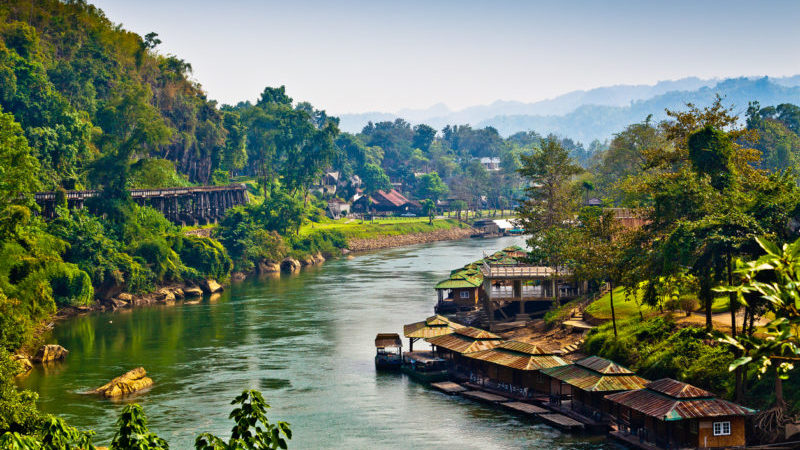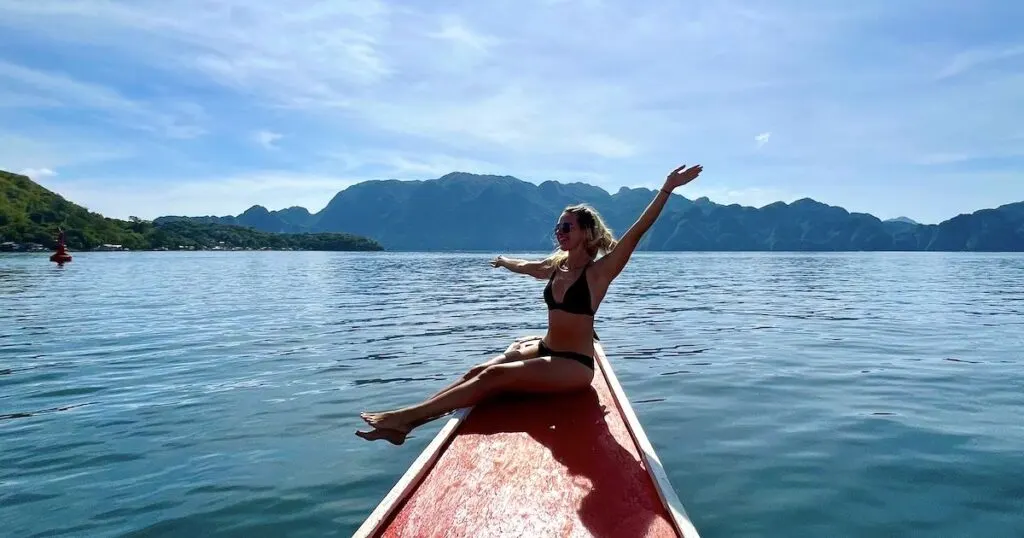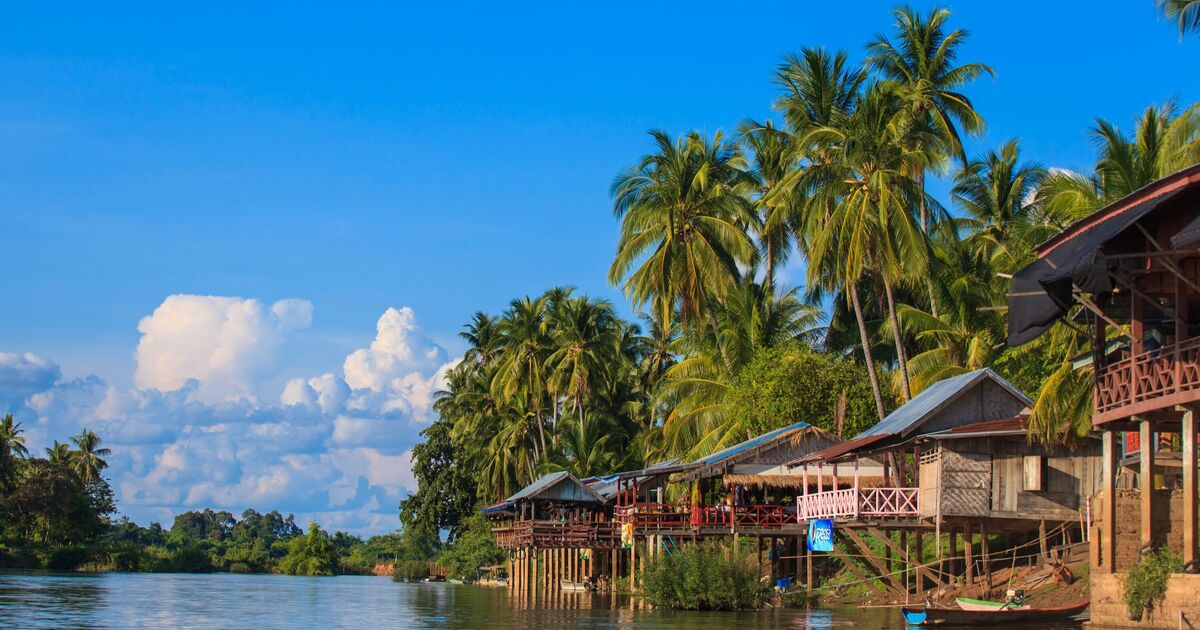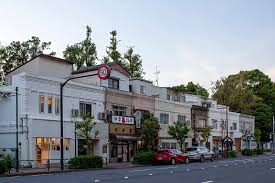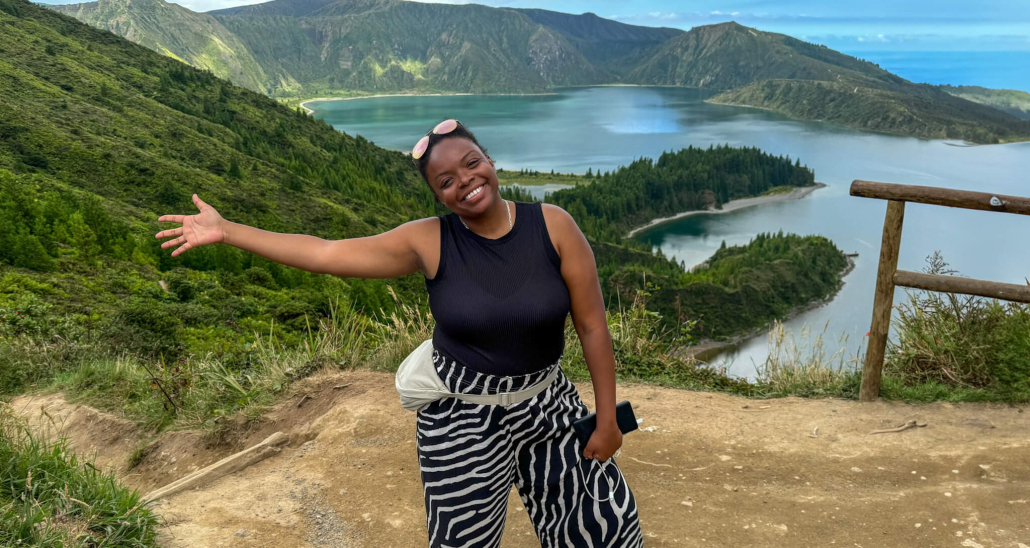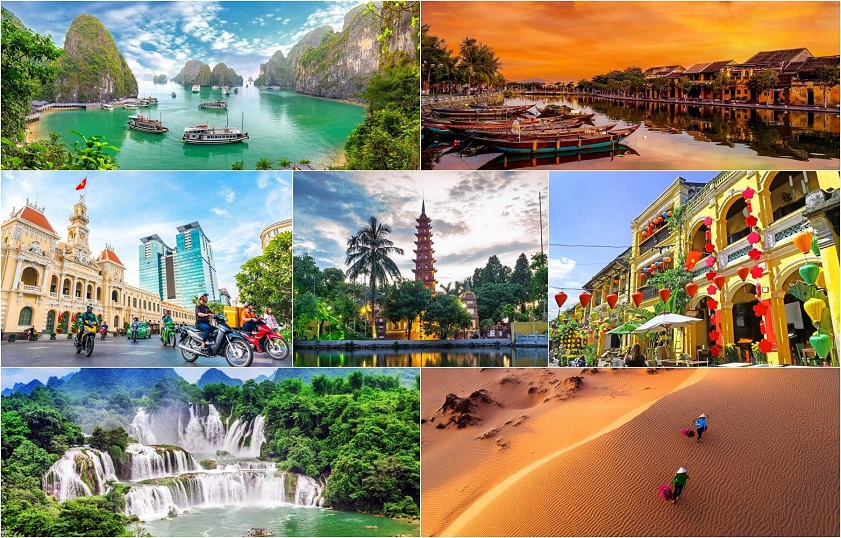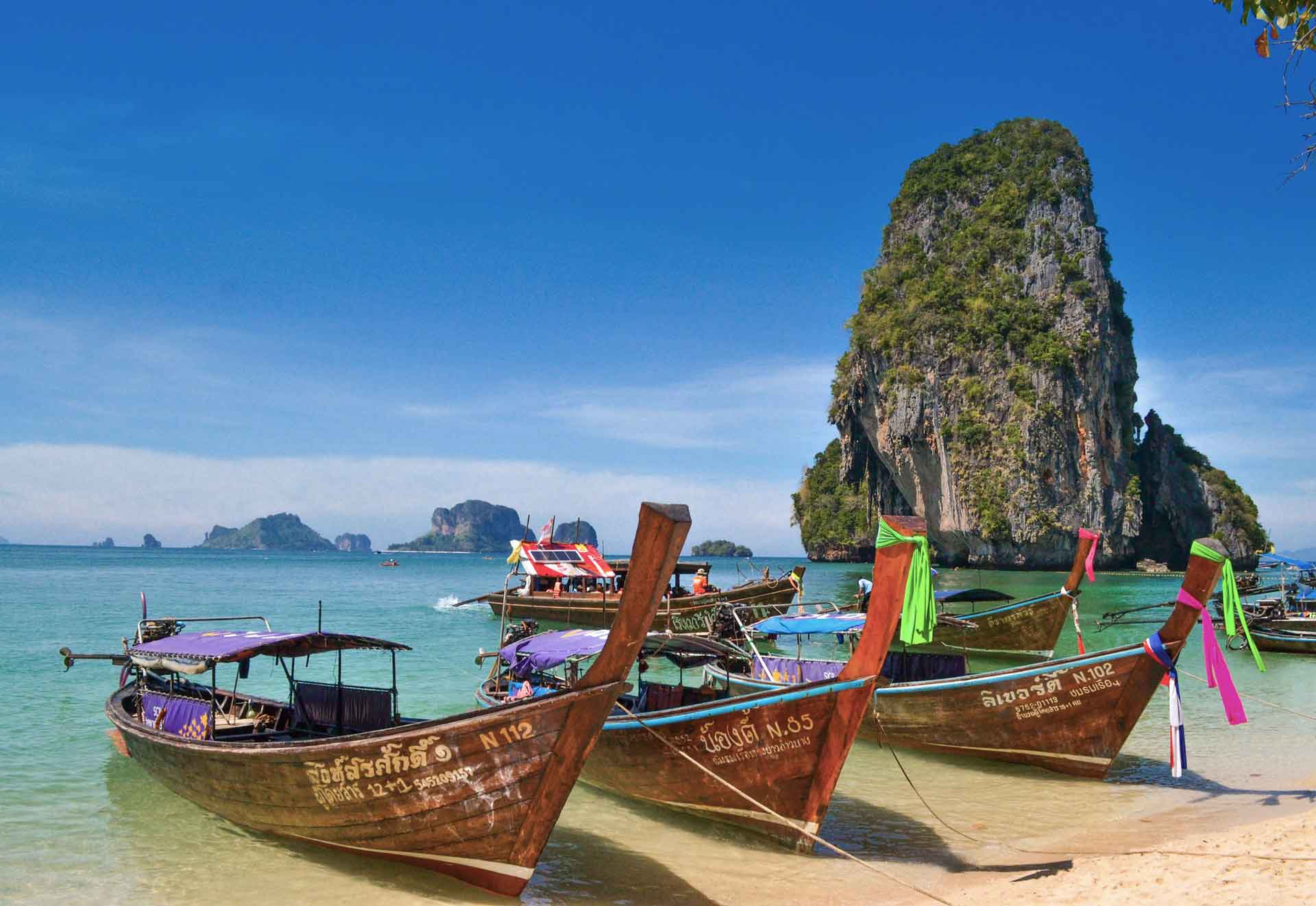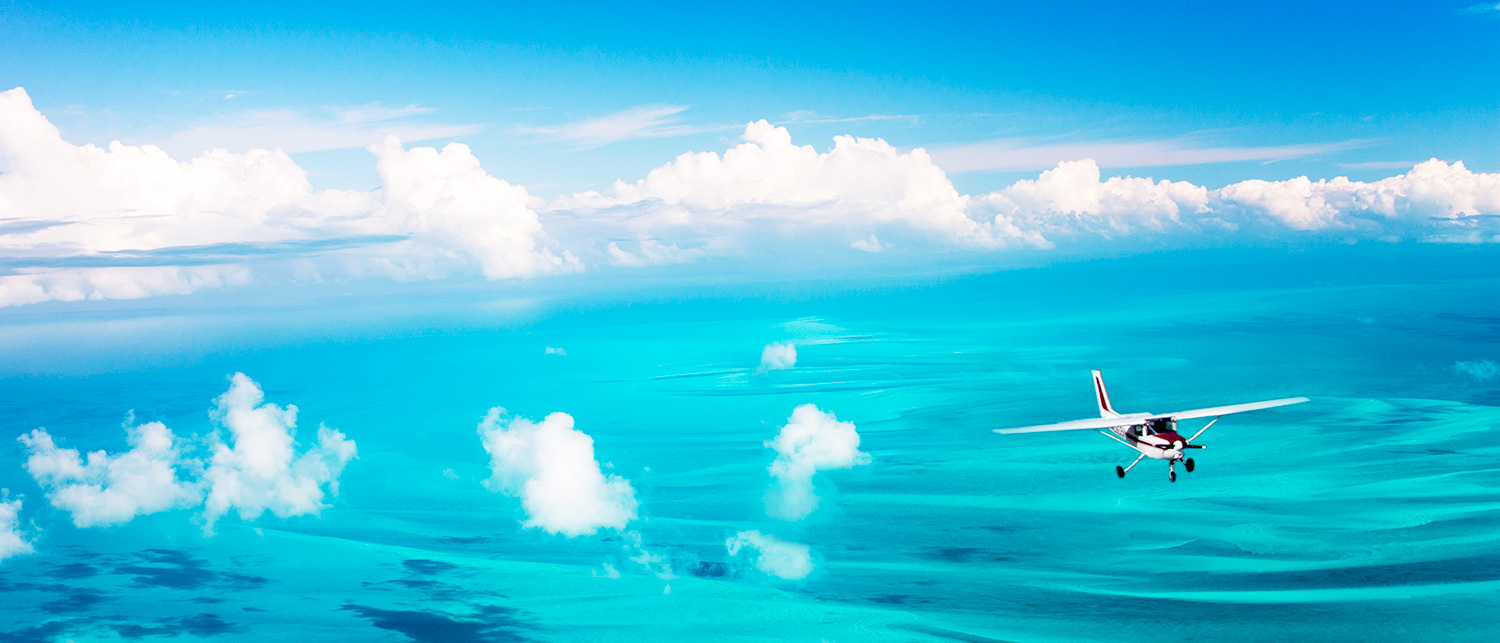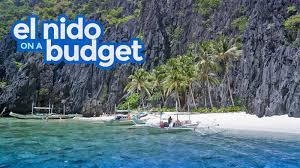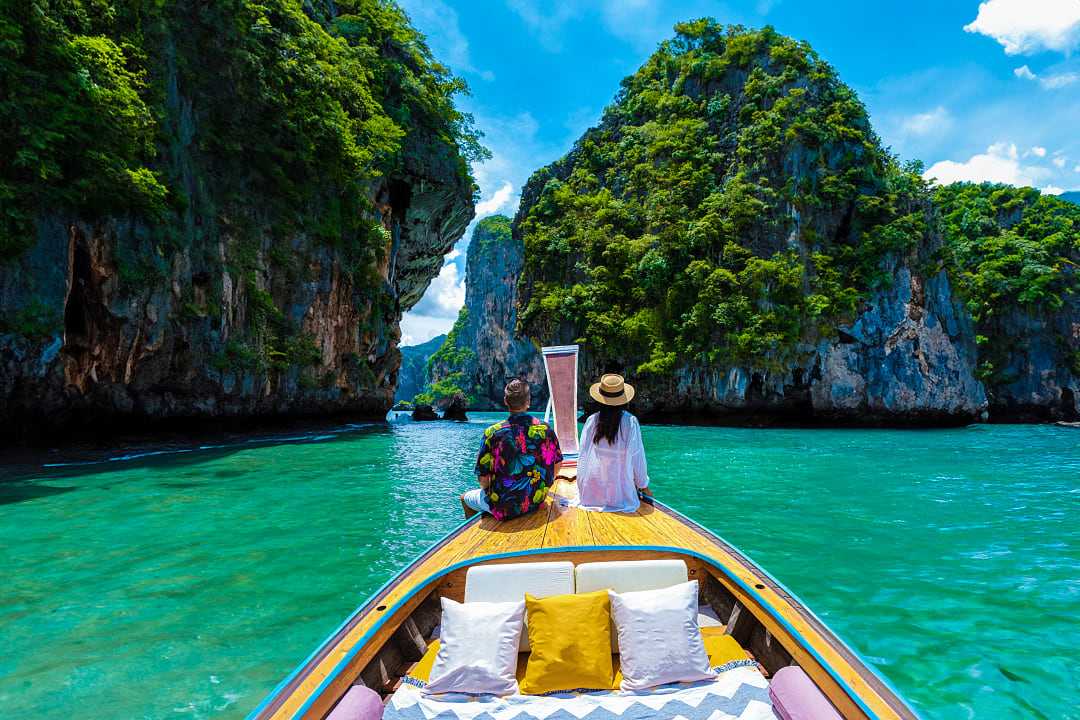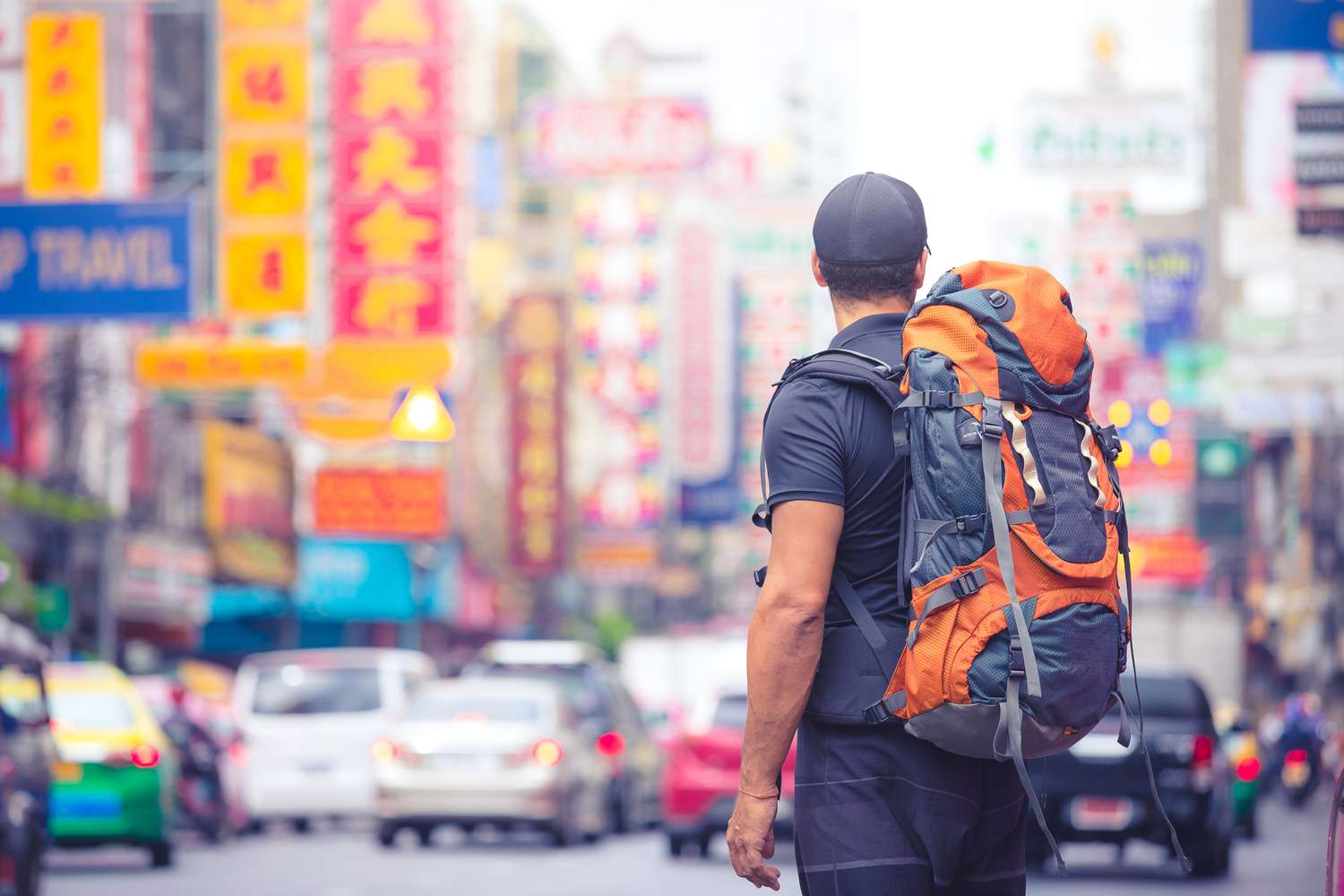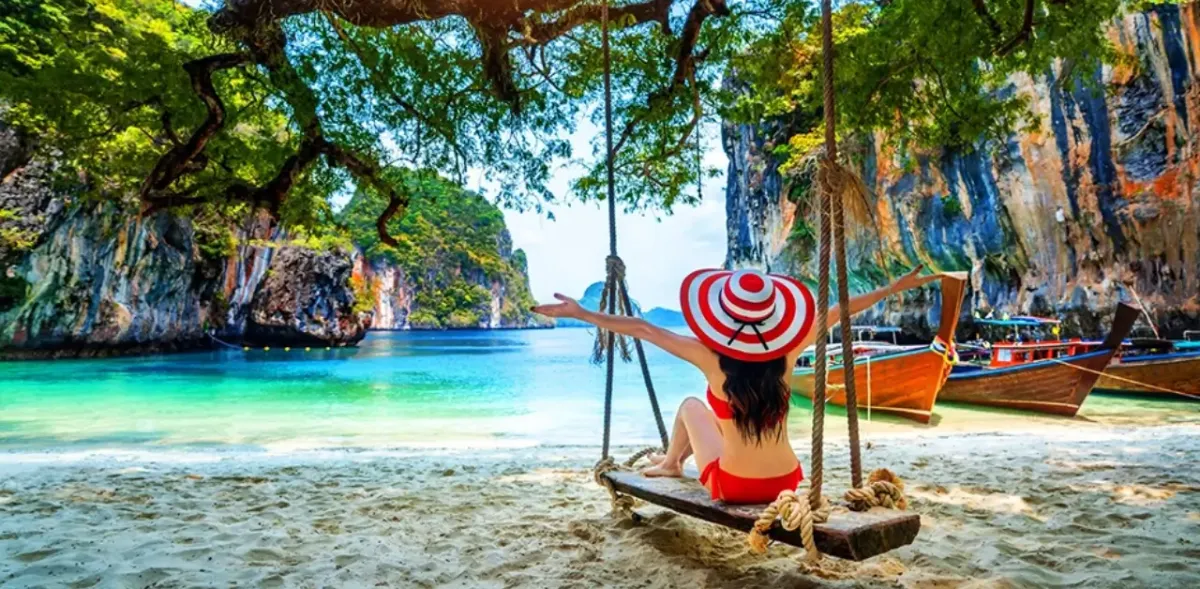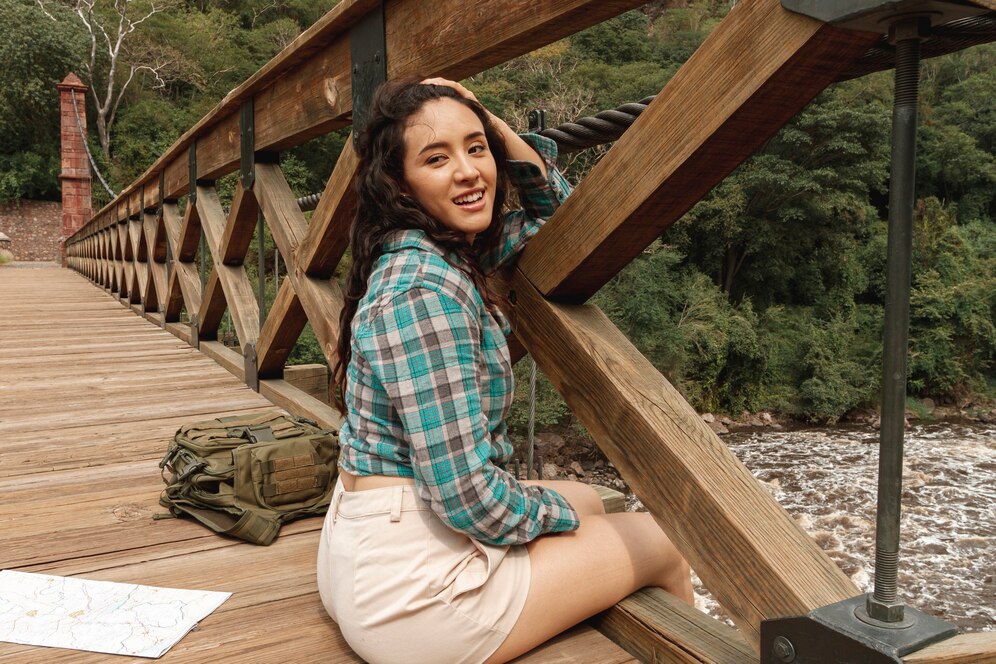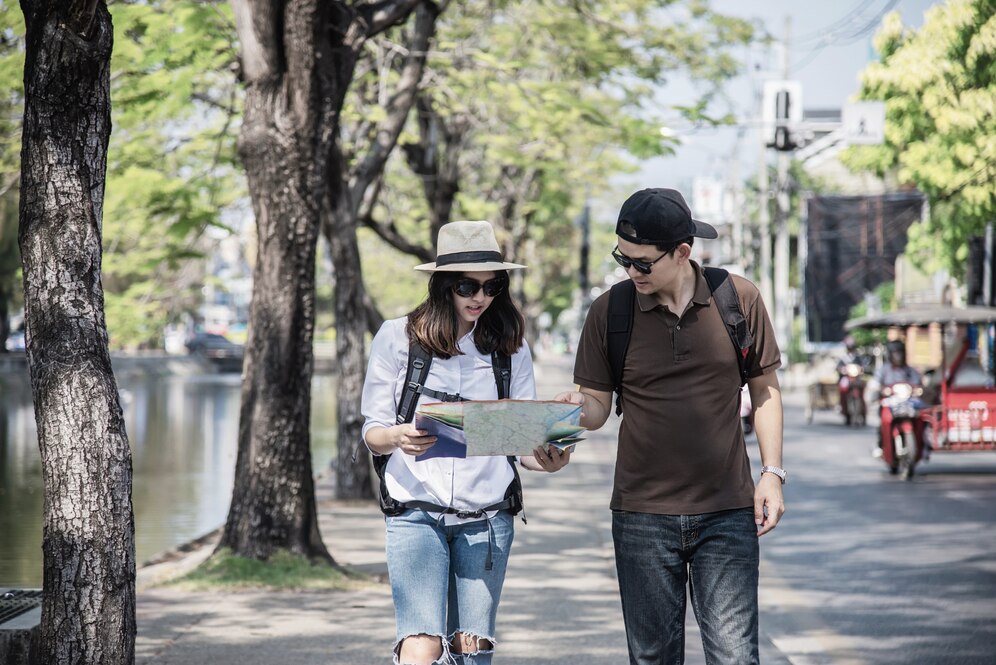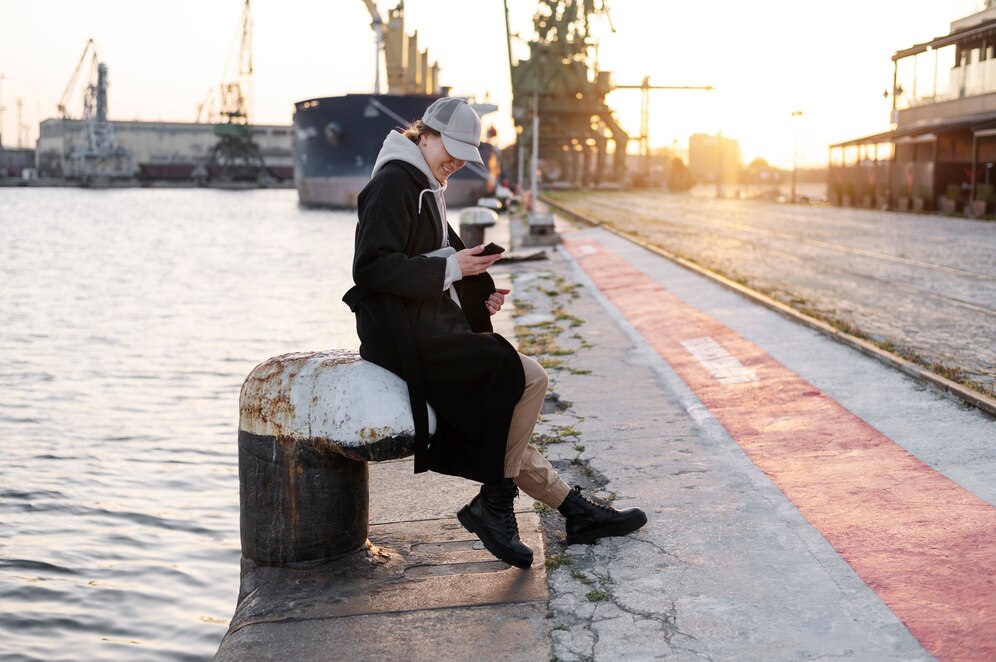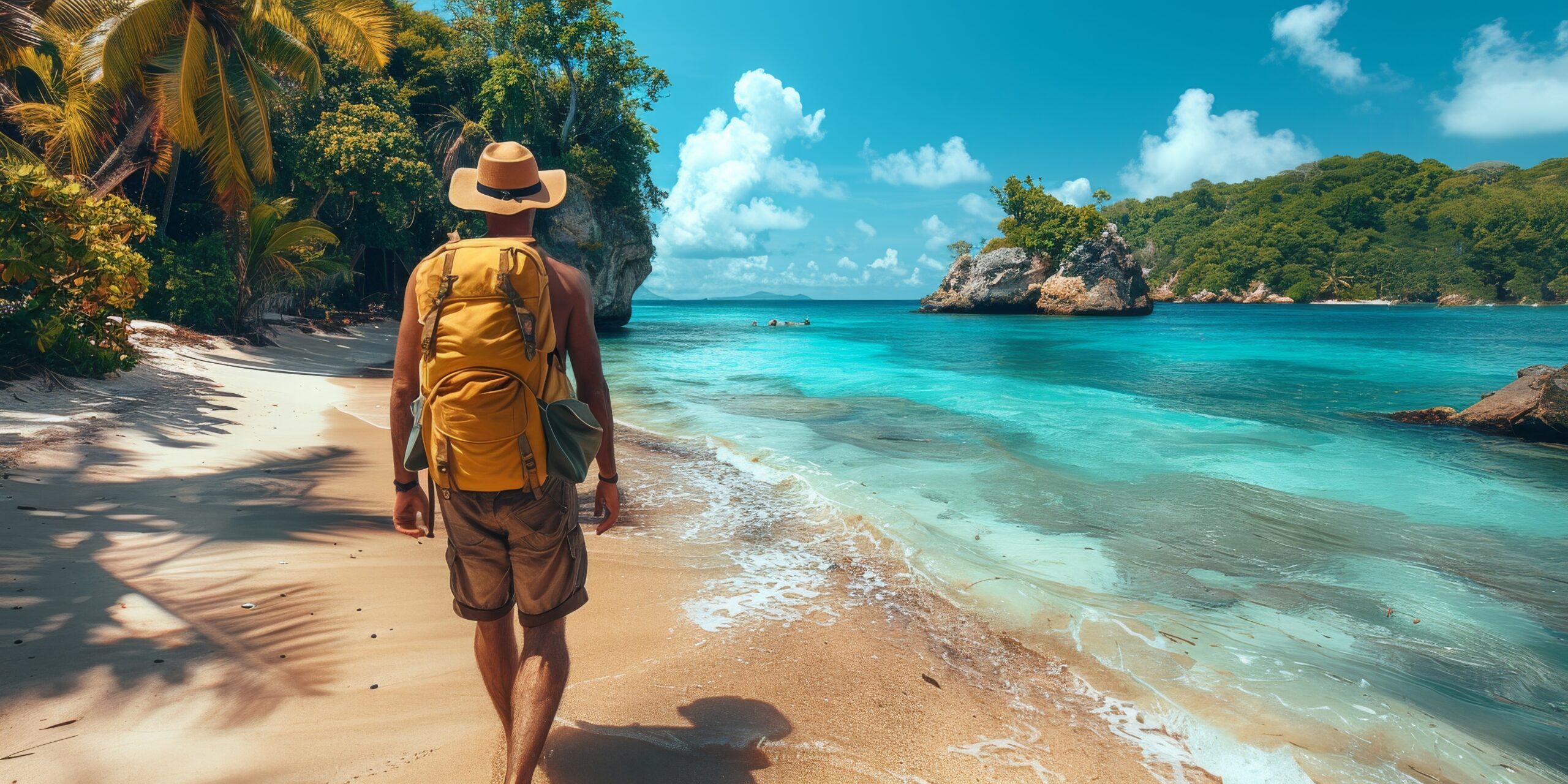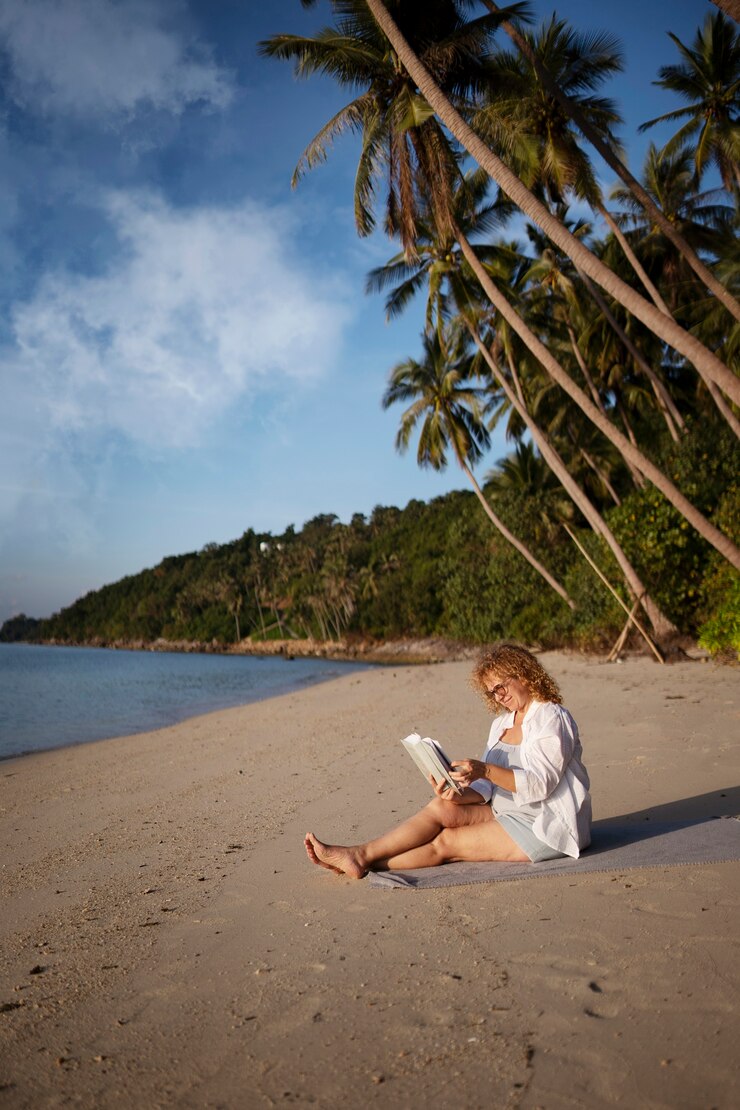
I’m heading off to the Philippines for a few weeks, and like many travelers before me, I’ve been completely captivated by the idea of island hopping through this dazzling archipelago. But I quickly realized something: while everyone raves about it, few actually explain how island hopping in the Philippines really works.
So I created this complete beginner’s guide — for wanderers like me who want to jump from island to island but aren’t sure how to figure out the logistics, routes, or what to expect.
Spoiler: It’s easier than you think, more fun than you expect, and possibly the most rewarding way to explore the Philippines.
✈️ Or 🛳️ How to Get From Manila to the Islands
For most international travelers, your journey begins in Manila, the capital. From there, you’ll need to get to the more remote islands — and trust me, you’ll want to.
Let’s take Coron, in the Calamian Islands of northern Palawan, as an example. There are two main ways to get there:
1. Fly (The Quick Option)
Budget airlines like Cebu Pacific, AirAsia, and Philippine Airlines offer regular flights from Manila to Busuanga Airport (the nearest airport to Coron town). It’s fast — under an hour — and often affordable if booked in advance.
Pro tip: Try to book a window seat. The aerial views over Palawan’s jagged limestone cliffs and turquoise waters are incredible.
2. Ferry (The Adventurer’s Option)
If you’ve got time and love slow travel, the 2GO Travel ferry from Manila to Coron is a unique and budget-friendly way to start your trip. It’s an overnight journey that feels part transport, part party.
Why take the ferry?
-
It’s clean and safe.
-
There’s karaoke, a live band, even a sundeck.
-
It’s cheaper than flying.
-
Meals are included.
Just bring a photocopy of your passport and the card you used to book online — no need for a printed ticket.
We took this route and loved it.
🛥️ Our Ferry Route (Yes, You Can Travel the Philippines Entirely by Boat)
We mapped our journey entirely by ferry — a slow, soulful, and scenic adventure across the archipelago.
Route: Manila → Coron → El Nido (Palawan) → Cuyo Islands → Panay → Negros → Bohol → Siquijor → Cebu → Manila
Every leg brought something new: sunrises at sea, unexpected friendships, remote islands, and a much deeper connection to the country than if we’d just flown over it.
🏝️ How Island Hopping in the Philippines Actually Works
First-time travelers often imagine island hopping like a hop-on-hop-off bus — but it’s a bit more layered. Here are the three main ways to do it:
1. Day Tours in Popular Areas
In tourist hubs like El Nido, Coron, and Siargao, you’ll find day tours labeled Tour A, B, C, and so on. These are organized boat trips with set routes that take you to lagoons, white-sand beaches, and snorkeling spots. They include lunch and can be booked last minute.
Example:
-
Tour A in El Nido: Big Lagoon, Secret Lagoon, Shimizu Island, and more.
-
Cost: Around ₱1,200–₱1,500 ($20–30 USD)
Pro tip: Join a group tour to meet other travelers, or rent a private boat for a more intimate experience.
2. Expedition-Style Trips (Multi-Day Adventures)
If you want a next-level experience, try a multi-day expedition like those run by Tao Philippines. These 3–5 day trips between Coron and El Nido take you to uninhabited islands with no WiFi, where you sleep in bamboo huts, eat freshly caught fish, and connect with nature.
It’s not cheap — around $500 USD — but people describe it as life-changing.
Other expedition companies to check out:
-
Big Dream Boatman
-
Abandon Paradise Expeditions
3. DIY Island Hopping for the Bold
Feeling adventurous? Rent a boat, kayak to nearby islands, or piece together your route via local ferries.
Great for exploring offbeat destinations like:
-
Port Barton
-
Cuyo Islands
-
Camiguin
-
Siquijor
Word of caution: Some of these places are really remote. You must coordinate pickup or return boats in advance. No one’s coming to get you by accident.
💤 Can You Stay Overnight on Remote Islands?
Absolutely — and it’s a magical experience. But here’s what you need to know:
Ways to Stay Overnight:
-
Expedition Trips: Accommodation is included (tents, hammocks, bamboo huts).
-
Overnight Camping Tours: Some day tours (especially in El Nido or Port Barton) offer overnight options.
-
DIY Camping: Bring your own tent, food, water, and gear. Coordinate your return trip ahead of time.
Important: Many remote islands have no shops, running water, or phone signal. Plan accordingly. It’s less like beach camping in Europe and more like Castaway (with better weather).
🥥 Food on the Islands — Should You Stock Up?
The answer: yes and no, depending on your itinerary.
In Towns (Coron, El Nido, Cebu, etc.)
-
Plenty of restaurants, street food, bakeries.
-
Don’t miss local specialties like chicken inasal, halo-halo, or fresh seafood barbecues.
Going Remote or Camping?
-
Definitely stock up. Bring:
-
Protein bars
-
Trail mix
-
Canned tuna or sardines
-
Drinking water (always!)
-
-
Some ferries have small shops, but selection is minimal.
-
Long ferry rides often include meals (usually rice + meat or fish).
🗺️ Where to Go: Best Islands for First-Time Hoppers
Coron
💙 Why go: Shipwreck diving, island lakes, hot springs.
🧭 Don’t miss: Kayangan Lake, Twin Lagoon, Maquinit Hot Springs.
El Nido
💙 Why go: Towering limestone cliffs, turquoise lagoons.
🧭 Don’t miss: Tour A, Nacpan Beach, Las Cabañas zipline.
Port Barton
💙 Why go: Quieter, laid-back alternative to El Nido.
🧭 Don’t miss: Island hopping with fewer tourists, DIY camping on Paradise Island.
Siquijor
💙 Why go: Witches, waterfalls, and white-sand beaches.
🧭 Don’t miss: Cambugahay Falls, Salagdoong Cliff Dive, folk healing tours.
Bohol
💙 Why go: Chocolate Hills, tarsiers, and pristine beaches.
🧭 Don’t miss: Panglao Island and Loboc River Cruise.
Cebu
💙 Why go: Big city meets tropical escape.
🧭 Don’t miss: Kawasan Falls, snorkeling with sardines in Moalboal, whale sharks in Oslob (though controversial — do your research).
📝 Travel Tips for First-Time Island Hoppers
-
Be flexible: Ferries get canceled due to weather. Always have a backup plan.
-
Book ahead in high season: December–April is peak time.
-
Pack light: You’ll be climbing in/out of boats — avoid rolling suitcases.
-
Travel with cash: ATMs can be unreliable or nonexistent.
-
Download offline maps: Especially useful in remote towns.
-
Chat with locals: They know where the hidden gems are.
-
Respect marine life: Don’t touch coral, and skip sunscreen in the water unless it’s reef-safe.
🌅 Final Thoughts: Why Island Hopping in the Philippines Is Worth It
Island hopping in the Philippines isn’t just a way to see the country — it’s a way to feel it.
You’ll meet fishermen who cook your catch over fire, swim in lagoons with no names, and trade stories with travelers around beach bonfires. It’s real, raw, occasionally unpredictable — and unforgettable.
Whether you opt for the backpacker ferries, splash out on an expedition cruise, or go fully DIY, one thing is guaranteed: you’ll never look at travel the same way again.
So pack your dry bag, your snorkel, and your sense of adventure. The 7,000+ islands of the Philippines are calling.
✅ Quick Recap: What You Need for Your Trip
-
Dry bag
-
Waterproof phone case
-
Reef-safe sunscreen
-
Travel towel
-
Power bank
-
Snorkel gear (optional but fun!)
-
Water shoes or sandals
-
Printouts of ferry/flight confirmations
-
Photocopy of passport & card used for bookings

